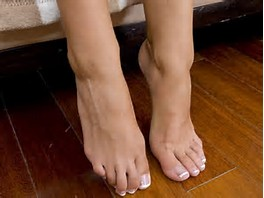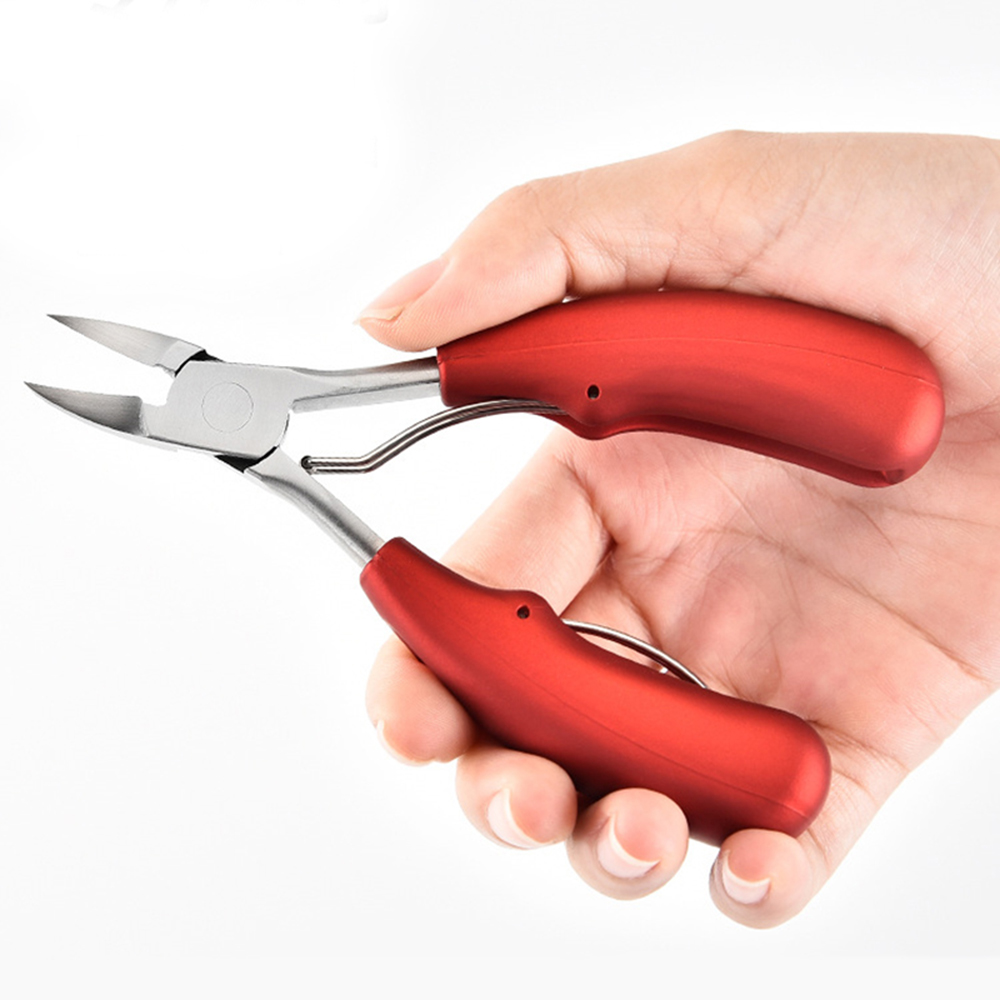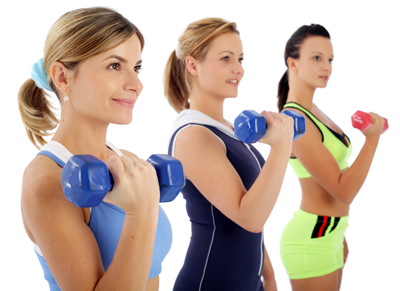Research Has Unveiled How Many Sets You Need to Do to Build Muscle







How Many Sets for Building Muscle?
As a rule of thumb, work 0-5 reps from failure with an amount of sets suitable for your experience level.
- Referring to previous research published in the Journal of Sports Science, it found that 10 or more sets per muscle per week elicited greater hypertrophy than less than 10 sets. This could like like:
- 3-4 sets close to failure for a particular muscle group per workout, working on the basis that you train 3 times a week.
You could start here and increase weekly sets gradually as you get stronger and more acclimatised to the amount of work. The most important variable is to train with intensity on a consistent basis.
- Using the new research as well as taking an individualised approach to your programming will likely improve your muscle gains, without you needing to skip the stairs.
Research Has Unveiled How Many Sets You Need to Do to Build Muscle
New evidence has shed light on the optimal amount of sets we need to be getting through in our workouts in order to build muscle.
- Until this point, various studies have suggested that muscle gain will increase as volume increases, with different muscle groups requiring different amounts of sets for optimal muscle growth.
- However, it hasn't been studied to the same extent as this recent research.
In a YouTube video shared by Dr Mike Israetel, who holds PhD in Sport Physiology, and sport scientist PhD Dr Milo Wolf, the two experts discussed the findings of the study which was published in Medicine & Science in Sports and Exercise.
- Focusing on the quadriceps and trained squats, leg presses and leg extensions, the study compared three training volumes:
- Group 1 (Low Volume): 22 sets of quad training per week, split evenly over 2 workouts.
- Group 2 (Medium Volume): 22 sets of quad training, adding 4 sets of weekly quad training every 2 weeks, resulting in 42 sets per week. This was 32 sets per week on average for the 12-week study.
- Group 3 (High Volume): 22 sets of quad training, adding 6 sets of weekly quad training every 2 weeks, resulting in 52 sets per week. This was 38 sets per week on average for the 12-week study.
-
The results found that the high volume group (52 sets per week, 38 on average) resulted
Does this mean we should be completing 52 sets per week? The experts said it's unlikely. Linking this study back to our training, it's suggested that we could increase hypertrophy and strength by completing more than 22 sets a week. This could be achieved by adding 4-6 sets per week. However, that's not as simple as it may seem.
- The study also mentioned that the limited certainty of the findings warrants caution due to the variation between results. For example, in the groups there were quite wide differences in results between participants. It's also important to add that in this study, the participants were training extremely hard.
To put this into context, the high volume group completed 26 sets of quads with 2 minutes rest. The programme contained:
- 9 sets of squats
- 9 sets of leg press
- 8 sets of leg extension
It's pretty brutal to say the least, not to mention how much time this would take. A 30-minute lunch break workout this ain't.
- MH says: Not everyone can add more volume to their training, especially to this degree and with every single muscle group. Doing so would likely sacrifice adequate recovery and therefore increase the risk of injury, so of course work within your limitations.
The key takeaway is that despite this study's findings, you don't have to work to such high levels as 52 sets per week. However, you could focus on increasing weekly volume from where you are now and ensure you are working close to failure at the end of those sets.
How Many Sets for Building Muscle?
As a rule of thumb, work 0-5 reps from failure with an amount of sets suitable for your experience level.
- Referring to previous research published in the Journal of Sports Science, it found that 10 or more sets per muscle per week elicited greater hypertrophy than less than 10 sets. This could like like:
You could start here and increase weekly sets gradually as you get stronger and more acclimatised to the amount of work. The most important variable is to train with intensity on a consistent basis.
- Using the new research as well as taking an individualised approach to your programming will likely improve your muscle gains, without you needing to skip the stairs.
Story by
Articles - Latest
- A yoga teacher says this five-minute stretch is all you need to maintain flexibility in your spine
- Can't do a deep squat? Use this coach's four-step plan
- 6 Reasons Your Feet Are So Itchy
- Surprising Benefits of Using Bay Leaves on Your Feet
- I run 50 miles a week and this is my go-to 20-minute yoga-for-runners workout to boost my flexibility
- How to do hanging leg raises with perfect form, according to trainers
- The two exercises everyone should add to their strength workouts to see results, according to an expert trainer
- 1 year of heavy strength training could offer 4 years of benefits, study suggests
- Research Has Unveiled How Many Sets You Need to Do to Build Muscle
- I did 50 frog crunches every day for a week — here's what happened to my abs
- 10 physio-approved exercises for runners that will help you build strength and mobility
- Forget sit-ups — this 3-move standing ab workout chisels your abs and obliques
- What to do when plantar fasciitis is so bad you can't walk
- Five exercises better than side bends to sculpt strong obliques
- Forget Russian Twists — this 10-minute stability ball workout targets your abs and glutes
- Professor explains how we are all doing one exercise wrong and it is causing us pain
- Supplies, Description, and Usage - Tech Nails-2
- Supplies, Description, and Usage - Tech Nails
- Exercises for Plantar Fasciitis
- Shoes, insoles and splints: Cushioning and support - Plantar fasciitis
- 10 best bum workouts and 25 bum exercises for a 🍑'ier butt
- The dos and don’ts of running when you’re over 40
- This 30-minute workout can be done from just about anywhere
- I teach stretching routines for a living — 3 exercises that strengthen your hips and open your hamstrings
- Somatic exercise has gone viral promising to lower cortisol levels, ease stress, and boost health - so, does it actually work?
Articles-Popular
- Home
- Calluses and Corns-4-Padding and Insoles To relieve Pressure
- Add Muscle, Build Stamina and Fire up Your Metabolism with Our Three-Move Strongman Circuit
- The two exercises everyone should add to their strength workouts to see results, according to an expert trainer
- Appreciate Your Feet
- Contacts
- Therapy Price List- Aromatherapy - Counselling
- WEB - LINKS
- The Awareness of Foot Care
- Nail Technician Resume
- Join us as a Therapist
- Blisters on the Feet
- Skin Care-Feet
- Galleries
- TCM - Therapy Prices
- Podiatry/Chiropody Price List
- Bacterial Infections
- Nail Technician Job Description
- Itching Skin on the Feet
- Athlete's Foot
- Sweaty or Smelly Feet
- Gallery - Pedicured Feet
- Appointments
- Skin Changes Associated with Blood Flow
- Calluses and Corns - 2






